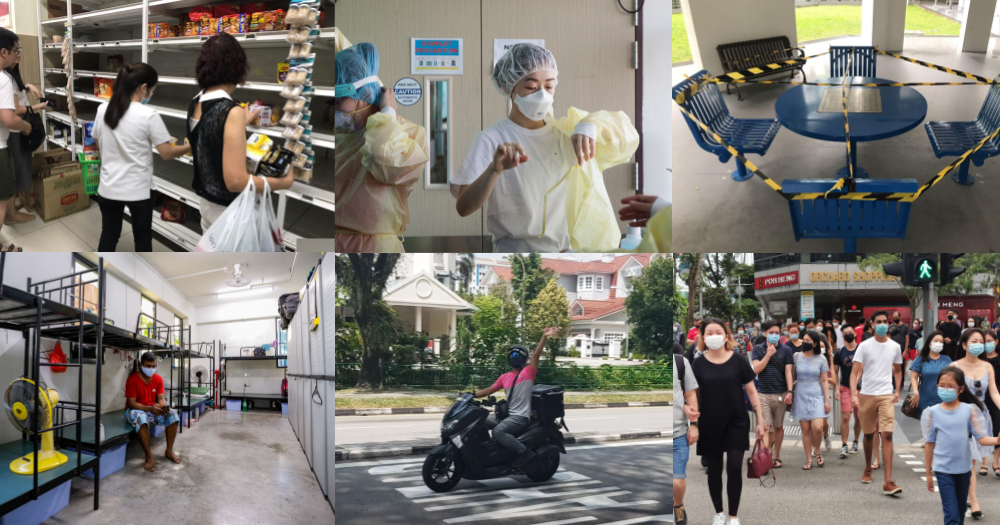There is always a vague sense of optimism at the end of each calendar year.
Perhaps it is heightened this year, as many people just want to move on from what has been a strange, difficult year.
But 2020 is one which we will — in all probability — eventually come back to at some point.
The calendar year may be over, but its impact will linger on well into 2021 and beyond.
Besides all the difficulty and hardships that 2020 brought on, the year will probably also be remembered for literally changing all our lives in significant ways.
More than just 365 days?
To some, it might feel like there were more than 365 days in 2020 (there were, it was a leap year).
And while it's paradoxical to say that more than one year happened this year, it could be reflective of the fact that the year has definitely been eventful, to put it very mildly.
With that, here is an attempt to summarise the various happenings of 2020, with links to original content by Mothership in the form of interviews and explainers, for those who want to read more.
January - February
January kicked off as a pretty ordinary month in Singapore. Covid-19 had been around since the very end of 2019, of course, but nothing that changed everyday life for Singaporeans yet.
After all, Singapore had dealt with SARS before in 2003, even though we now know that SARS is quite different from Covid-19.
As case numbers, local infections, and clusters picked up in February, things started to get serious.
DORSCON Orange
Singapore shifted its Disease Outbreak Response System Condition (DORSCON) status to Orange, triggering almost nation-wide panic-buying.
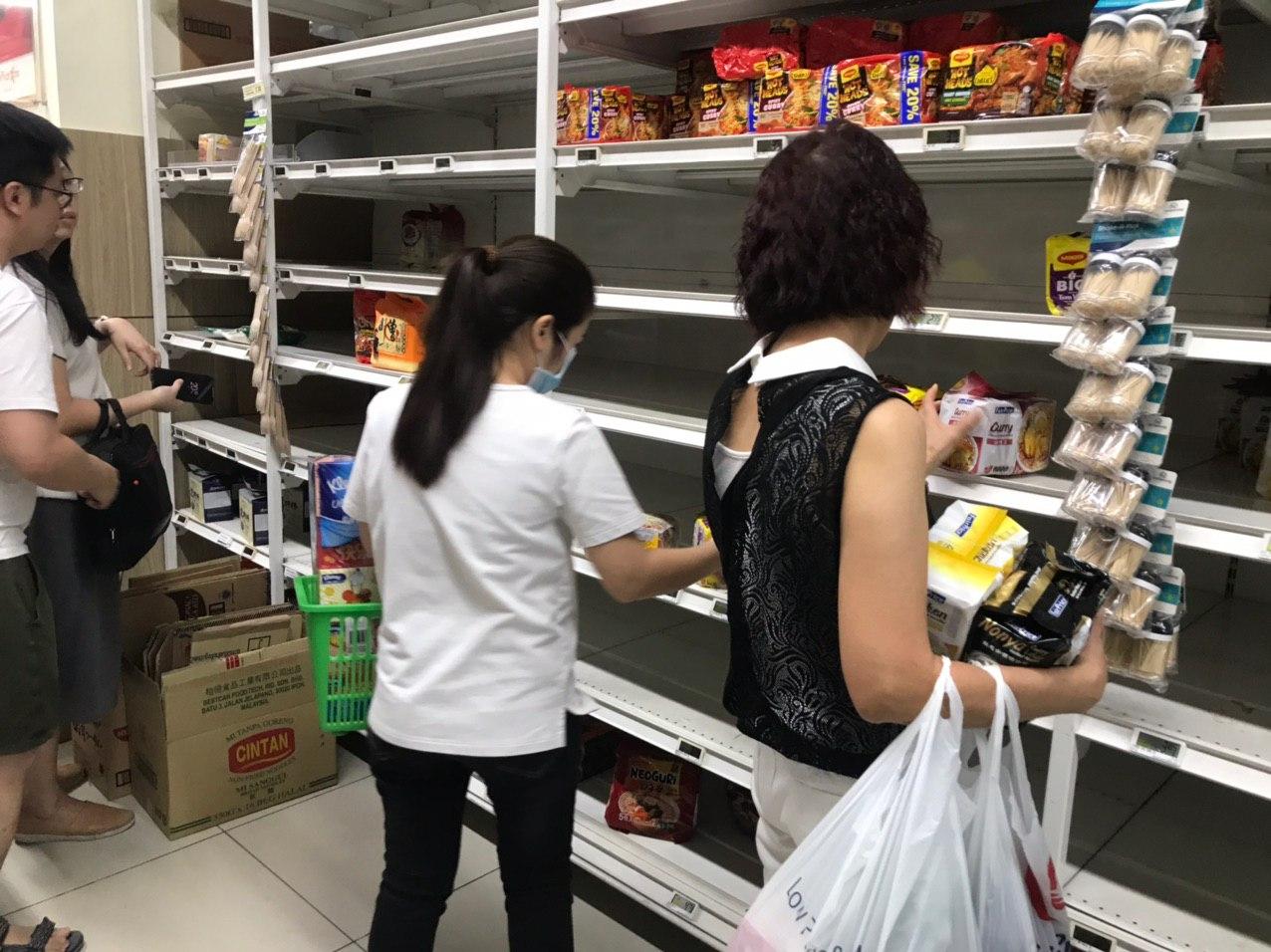 Photo by Fasiha Nazren.
Photo by Fasiha Nazren.
SAF personnel served the nation in an unprecedented way, by making thousands of phonecalls to track down the close contacts of confirmed cases so they could be quarantined.
Speaking of quarantine, here's one Singaporean's experience going through it.
"Wuhan virus"
Back then, Covid-19 was called the Wuhan virus, or Wuhan coronavirus, and xenophobia and travel restrictions hit workers from China hard, though this was perhaps reflective of a general sense of fear and uncertainty — the risk of testing positive was real, after all.
Nurses
Some shied away from nurses and were unsettled by the sight of nurses wearing uniforms in public, even though this was allowed, and even though medical staff were busy clocking in 12-hour shifts for 10 days in a row at the frontlines of the fight against Covid-19.
Besides just trying to do their jobs, nurses themselves were probably more concerned with earning their salaries, which the Ministry of Health (MOH) said was S$3,300 and up, a figure that didn't exactly correspond to their actual realities.
March
By March, most Singaporeans put their holiday plans for the year on hold, as hundreds of cases sprung up in familiar travel destinations like South Korea and Japan, in just a matter of days.
Shincheonji superspreader
A number of those infections would eventually be traced back to a "super-spreader" who transmitted the virus to 40 church members.
Meanwhile, the same shadowy South Korean church (and alleged cult) was apparently trying to establish itself in Singapore.
Malaysia goes into lockdown
Closer to home, Malaysia's lockdown measures left the once-busy Causeway eerily quiet and empty, literally overnight.
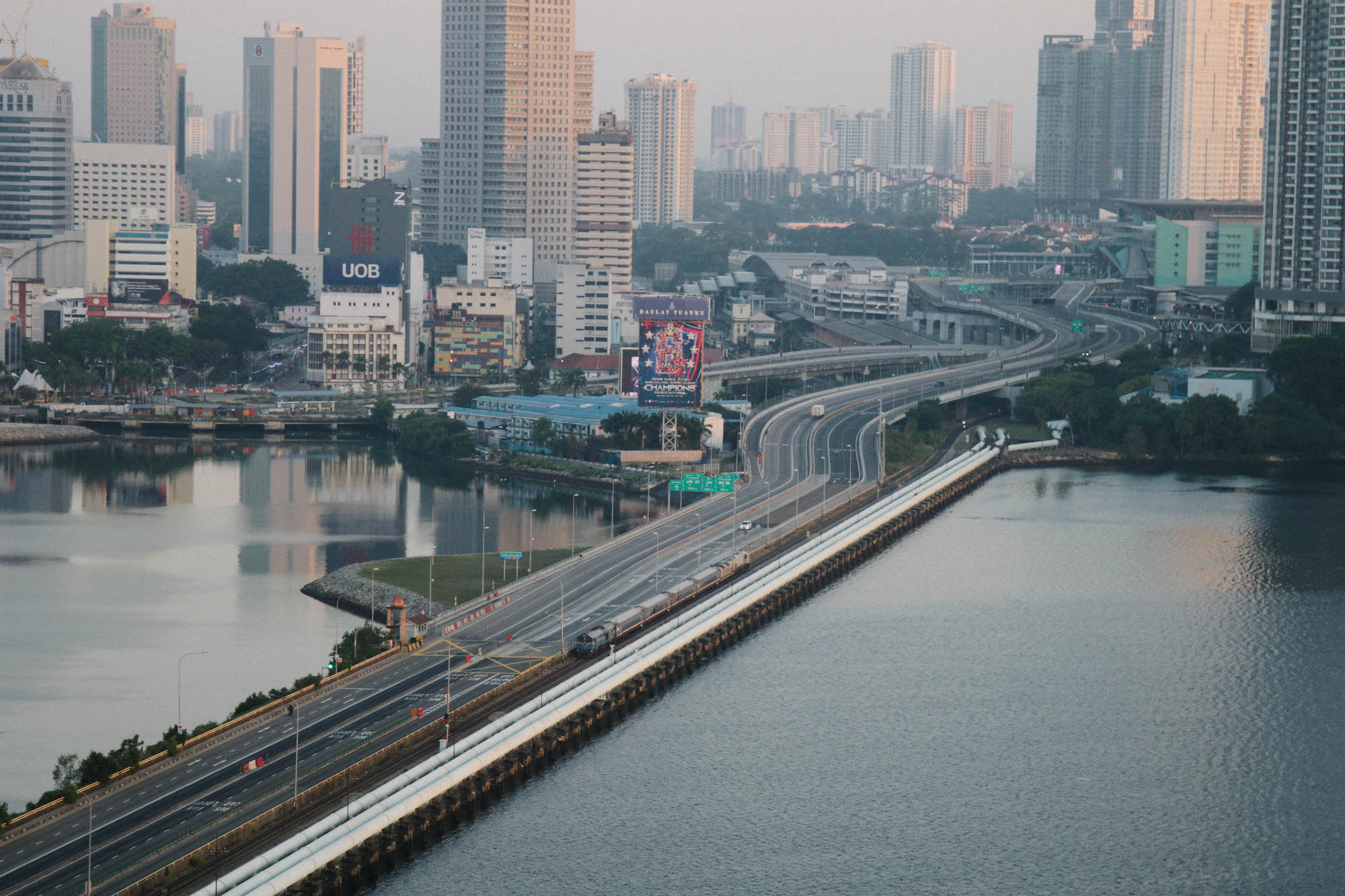 Image by Andrew Koay.
Image by Andrew Koay.
Tenants vs Landlords
With border restrictions in late March, and a gloomy economic outlook, F&B and retail outlets began to feel the pinch, and called for rental rebates, and more sweeping government action.
Tenants banded together, taking proactive steps in an earnest attempt to improve the situation.
April - May
All of this brought us to the biggest disruption to routine in years: the Circuit Breaker, which started on April 7.
There was more than a little hubbub about the circuit breaker, in part due to its less-than-intuitive name, and due to the fact that the government had previously insisted that Singapore would not be going into lockdown, and now seemed to be backtracking, as the CB measures were wide-ranging.
Masks made mandatory
The decision to mandate mask-wearing generated similar misgivings when it was announced in early April, given the government's earlier entreaties to save the limited masks for frontliners. Still, mask-wearing is now observed nationwide, after not one but multiple large-scale mask distribution exercises.
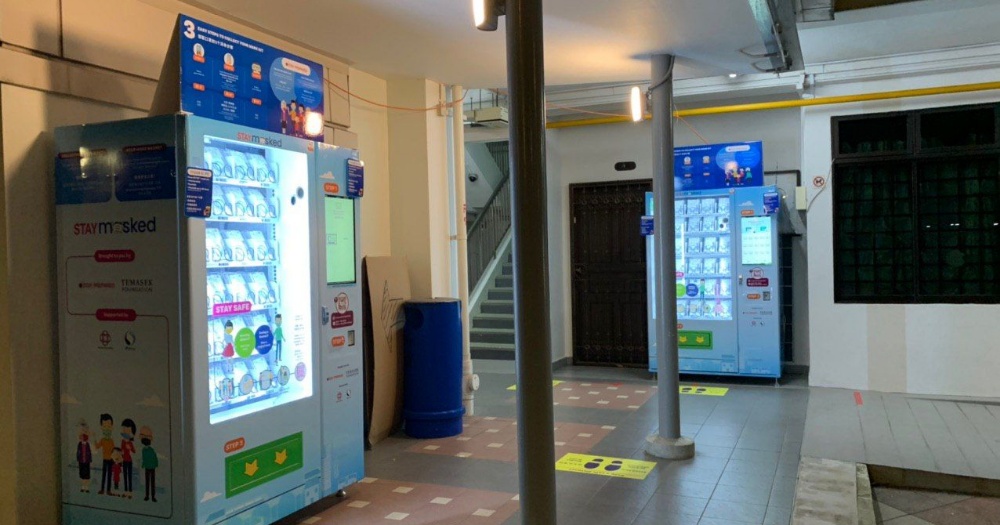 Photo by Jeanette Tan.
Photo by Jeanette Tan.
Food delivery
During the Circuit Breaker, Singaporeans continued to be free to move around for food, exercise, and essential work, but the threat of the virus made food delivery platforms grow in popularity.
This was not without controversy, however, as a viral post claiming that Grab pocketed 50 per cent of the cost of a meal as commission stirred up a wave of outrage, and interest in how these online delivery platforms were run. Here's what really went down.
Dormitories and migrant workers
Even if Singapore wasn't officially under lockdown, the purpose-built dormitories which housed thousands of migrant workers definitely were, with the thousands of infections omitted from the daily tally of "cases in the community".
Staff at the dormitories designated as isolation areas rushed to implement the strict measures. At Westlite Toh Guan, this happened within three hours.
Impact of outbreak among migrant workers
Thousands of beds were prepared in temporary accommodations, called Community Isolation Facilities, to house patients who had mild symptoms or were recovering, the majority of them being migrant workers.
Needless to say, the monumental task of bringing infections under control in the dormitories was not without difficulty.
Not being able to leave their dormitories for months on end also had an impact on migrant workers mental health.
But communal living in dormitories, as the founder of the S11 group explains, cannot be avoided.
Community initiatives started
As Circuit Breaker measures were extended into May, there were also community initiatives started to support migrant workers, help Singaporeans in need, and to support frontliners with donations and food.
One bus captain spent S$2,400 in a month to cook for Malaysian colleagues who had opted to stay and work in Singapore rather than return to their families at home, while a restauranteur couple cooked and deliver free food to healthcare workers.
And as the majority of employees worked from home, some older, less tech-savvy CBD hawkers got a boost when a group of young people set up an online food delivery system to help keep them in business.
And a family decided to set up temporary pantries to provide food in low-income neighbourhoods, starting a new initiative.
June
Phase 1 of 3
Singapore then rolled into Phase 1 in June, which many found profoundly disappointing for some reason.
Still, it did result in some regulations being relaxed. The elderly were allowed up to two visitors per day, more employees returned to work, while schools also resumed, with strict safe management measures in place.
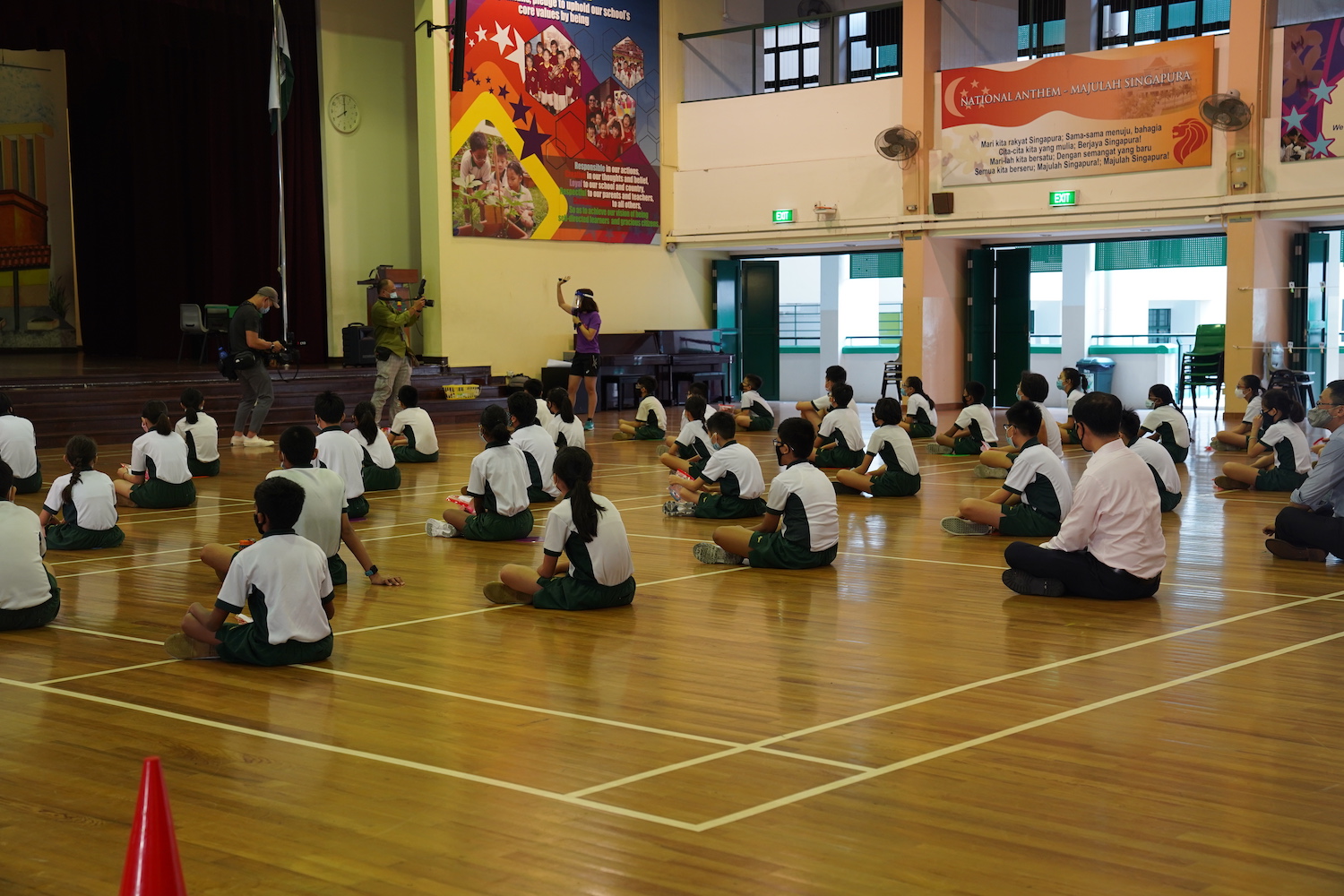 Image by Mothership.
Image by Mothership.
Phase 2
From June 19, friends and lovers were finally reunited as Singapore went into Phase Two.
Restrictions were also lifted on bubble tea shops, retail outlets, dining out, gyms, stadiums, tuition classes, and simply leaving the house without needing an "essential" reason.
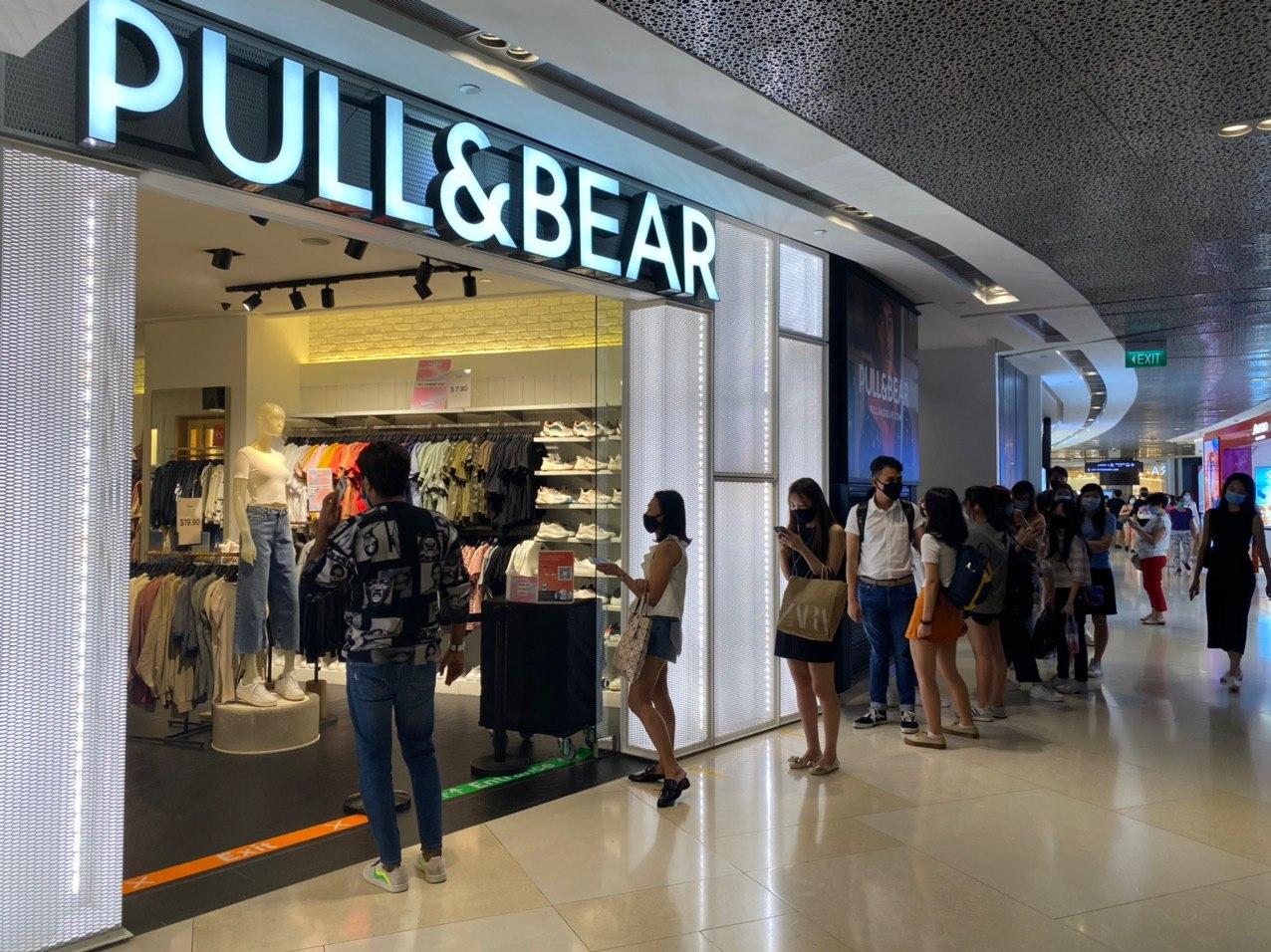 Photo by Melanie Lim.
Photo by Melanie Lim.
July
GE2020
Singapore's 2020 general election (GE2020) took place on July 10.
New political hopefuls and more experienced politicians alike rallied for support in mostly-online campaigns, and not all veterans made the cut, including Singapore's most famous Grab driver Shirwin Eu, who was rejected at the nomination stage — again.
The issue of Non-Constituency Members of Parliament (NCMPs) was one which saw clashes between politicians, who were divided over the scheme's merits, and over how its existence should affect Singaporeans' votes.
The practice of appointing unsuccessful PAP candidates as People's Association grassroots advisors in opposition wards was also an issue which was raised. Here's what that is all about.
Still, Singaporeans of all walks of life — including a 102-year-old — came out to vote. They voted in — for the first time ever — two opposition GRC teams, both from the Worker's Party (WP), while Dennis Tan also clinched his seat in WP stronghold Hougang SMC.
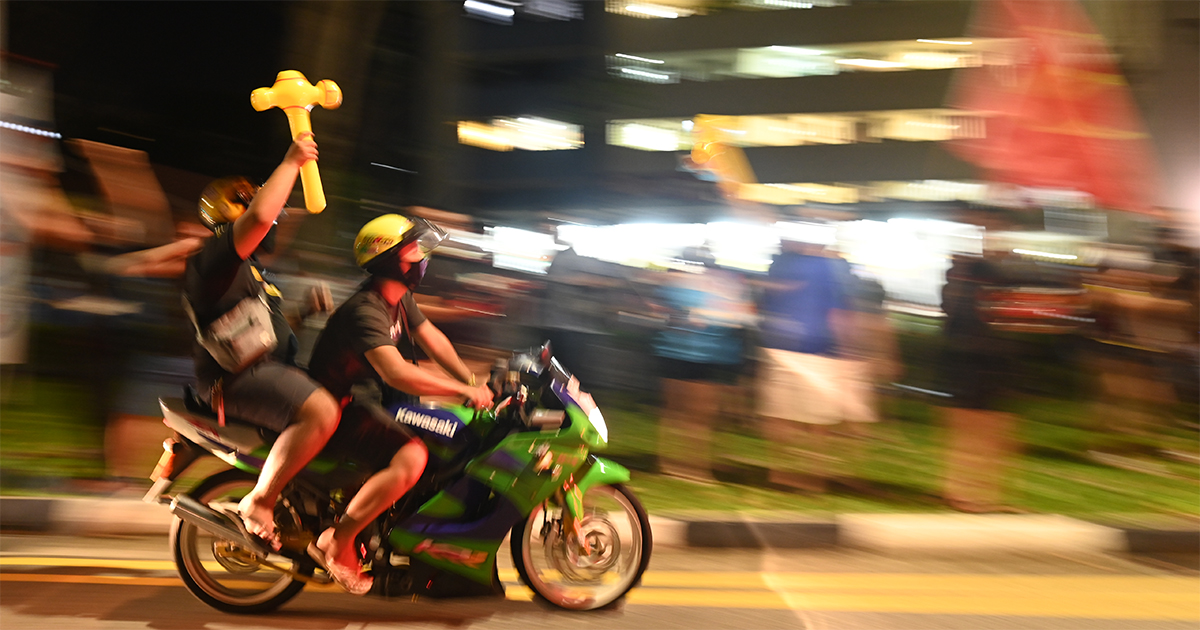 Photo © Lim Wei Xiang for Mothership.
Photo © Lim Wei Xiang for Mothership.
Following 10 elected opposition politicians and two NCMPs — Leong Mun Wai and Hazel Poa from the first-timer Progress Singapore Party — the government saw fit to appoint WP chief Pritam Singh as the official "Leader of the Opposition".
His historic first speech hinted at a new dynamic in parliament in the upcoming term of government, and beyond.
And Singaporeans got a taste of a spirited debate between several PAP MPs and WP's Jamus Lim, who had championed the idea of a minimum wage — as opposed to the current progressive wage model — during election campaigning.
On the back of debate about securing jobs for Singaporeans over foreigners, a significant policy change was introduced: the raising of the minimum salary for Employment Passes to S$4,500. While this had been done several times before, this round was markedly different in terms of the amount of increase, the timing, as well as the stated objective.
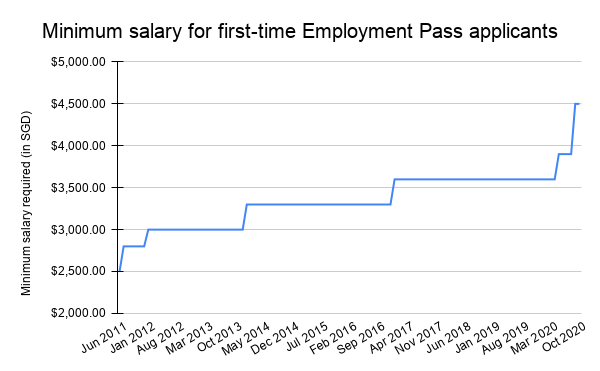 Graph by Mothership, based on available government data.
Graph by Mothership, based on available government data.
August
August saw National Day celebrations carry on, albeit on a smaller, quieter scale.
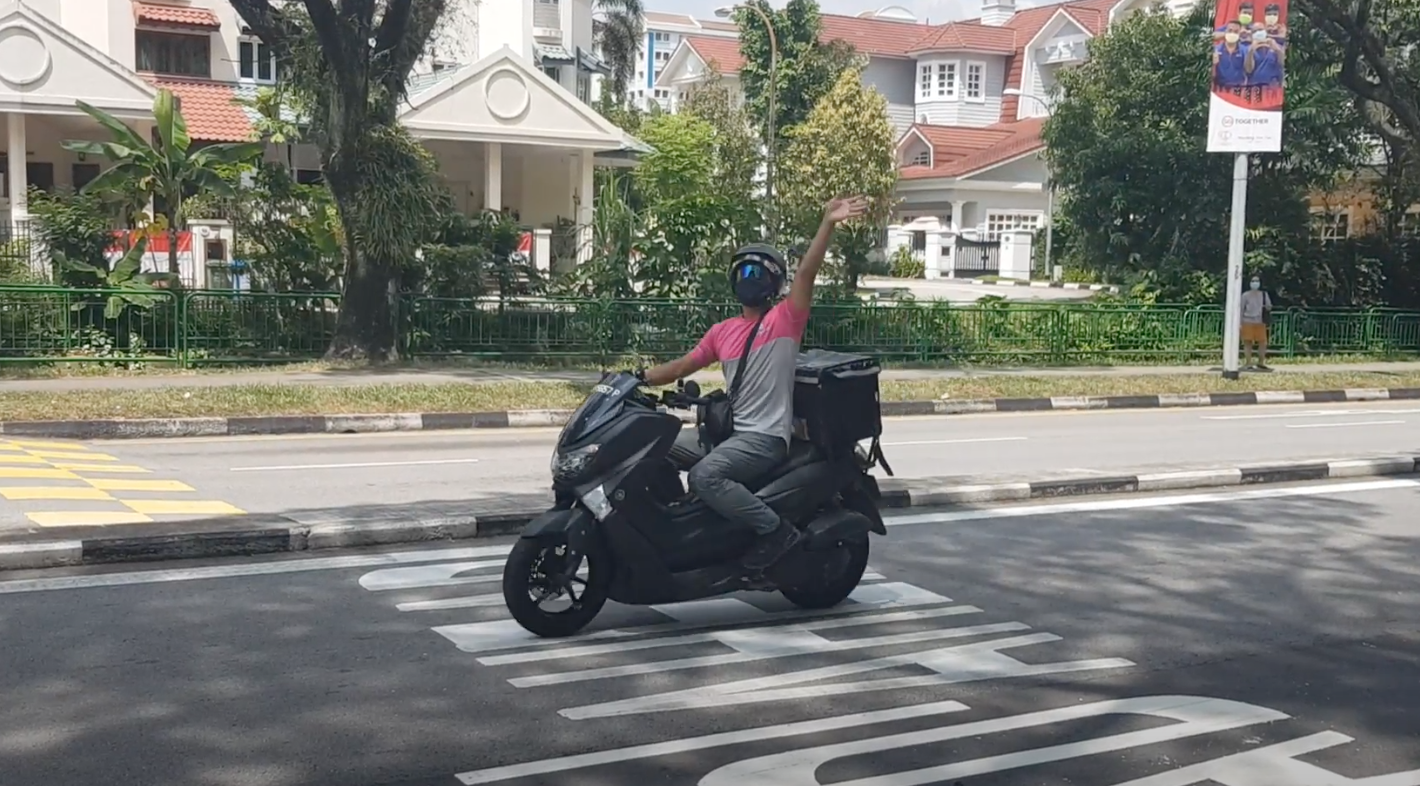 Screenshot via Facebook video by Tong Chen Hao.
Screenshot via Facebook video by Tong Chen Hao.
Staycations resume
As Phase 2 wore on, more hotels reopened for staycations. (Here's a kiasu guide on making the most of one, by the way)
Their popularity was likely boosted by the fact that a hotel stay was really the next best thing to taking a holiday overseas.
Travel restrictions didn't stop everyone, however, as shown by these globe-trotting aunties and a young travel blogger who flew to the US to escape Singapore's concrete jungle.
Some hotels, and the Singapore Tourism Board, tried to sell Singaporeans the idea of a work-cation — at least one was sold on the concept after trying it out for one night.
Dormitories cleared
Meanwhile, dormitories were declared "cleared" — to little fanfare, as there was apparently still a need for caution. Workers were not immediately allowed to leave their dormitories on their rest days, though some of them have since started to do so gradually.
Singaporeans, however, were very much free to roam as Phase 2 freedoms continued unabated.
September
In September, the world (and Singapore) was shaken somewhat by revelatory (and regulatory) news about banks' alleged involvement in moving shady money for terrorists, criminals, and the like, in a leak called the FinCEN files.
Singaporeans were also swept up in the unexpected tale of Parti Liyani, a domestic helper who went head-on against allegations of theft brought by her former employer Liew Mun Leong and his family, and won — with the help of local NGO HOME, and a pro bono lawyer, Anil Balchandani.
October
A hidden reservoir (of water, not cases) and a Japanese tomb and an amateur curator's impressive collection of Singapore antiques were just some of the places off the beaten track that Singaporeans re(?)discovered as leisure travel prospects grew ever-dimmer, even in the last quarter of the year.
And those desperately seeking an escape from our sunny island were able to do so — culinarily, that is. Russian dumplings, anyone?
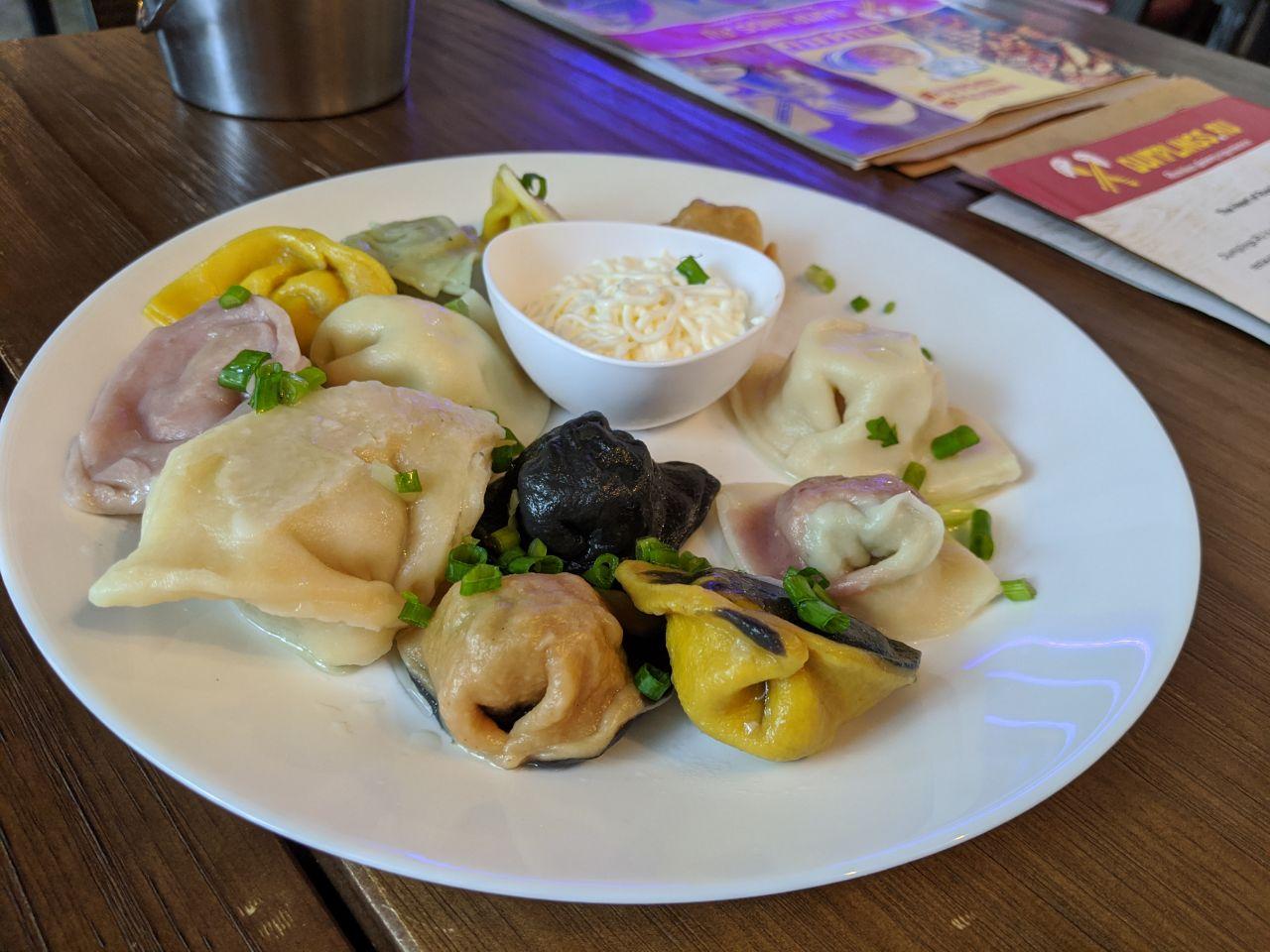 Photo by Tanya Ong.
Photo by Tanya Ong.
Then, in October, Robinsons announced its untimely closure, appointing liquidators who launched a fire sale as the department store started insolvency proceedings. What are insolvency proceedings? We explained the law on insolvency using bubble tea.
November - December
PSLE results
The brave batch of Primary 6 students who had their school year disrupted by Home-Based Learning and a modified school term received their PSLE results, and apparently did just as well as previous batches.
One plucky 12-year-old stood out though: Raphael Lee, who braved cancer and an amputation to complete his exams, before sadly passing away shortly after.
Cruises to nowhere
From mid-November, cruises to nowhere allowed Singaporeans to actually travel for the first time in a long time.
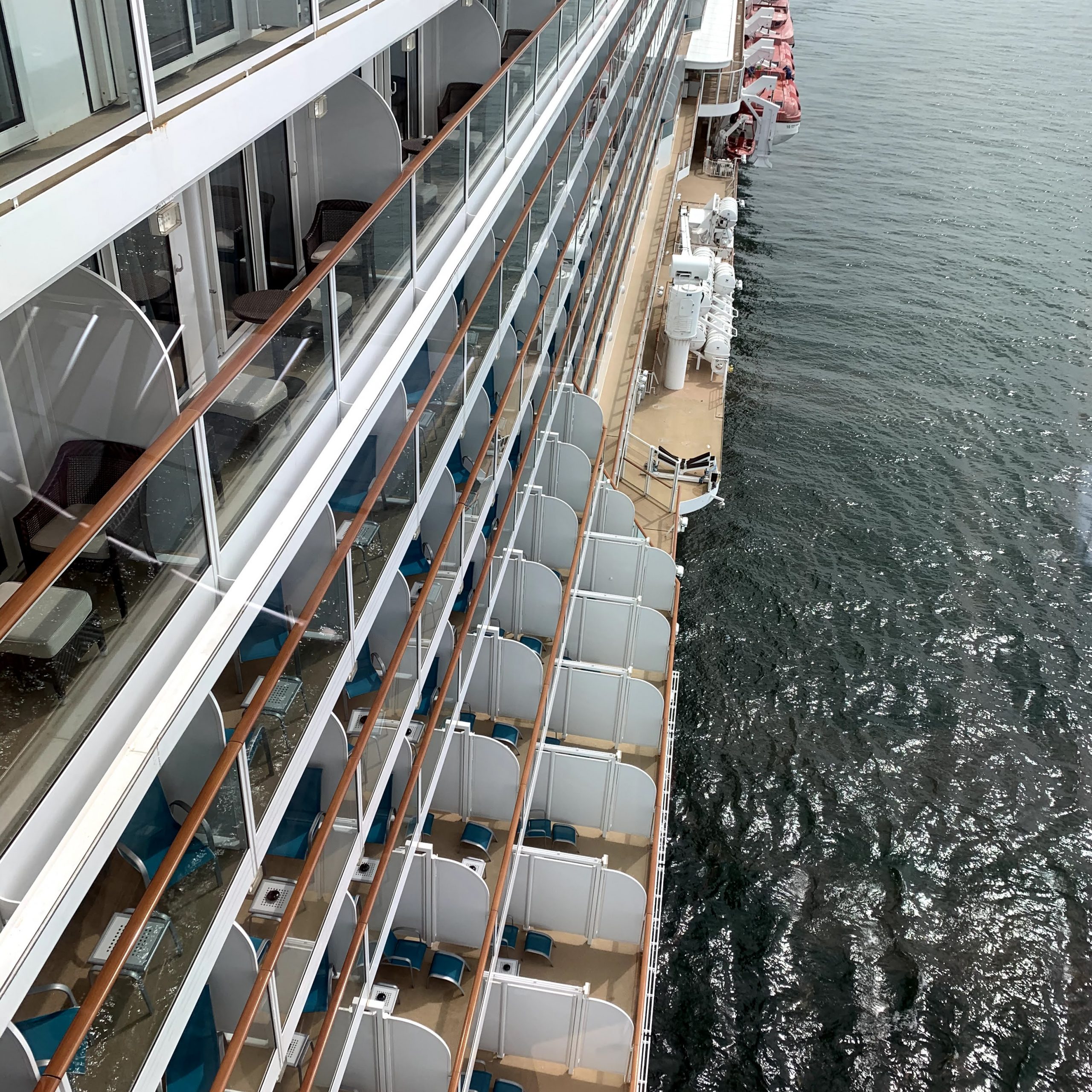 Photo by Nigel Chua.
Photo by Nigel Chua.
And they remained the only way for Singaporeans to take a leisure trip "overseas", after a travel bubble plan with Hong Kong had to be aborted.
But cruises were not without hiccup; a false alarm raised on a Royal Caribbean voyage saw a shipful of passengers getting their holiday cut short by a day — all because of a 83-year-old who reported sick for diarrhoea, only to test positive for Covid-19 on the ship, and then test negative back on the island.
SingapoRediscovers
Neither were things smooth sailing for some holidaying locally. The launch of SingapoRediscovers in December, and the usual year-end surge in demand, saw some hotels overbooked and unable to cope with the demand, resulting in hours of waiting and unhappy customers.
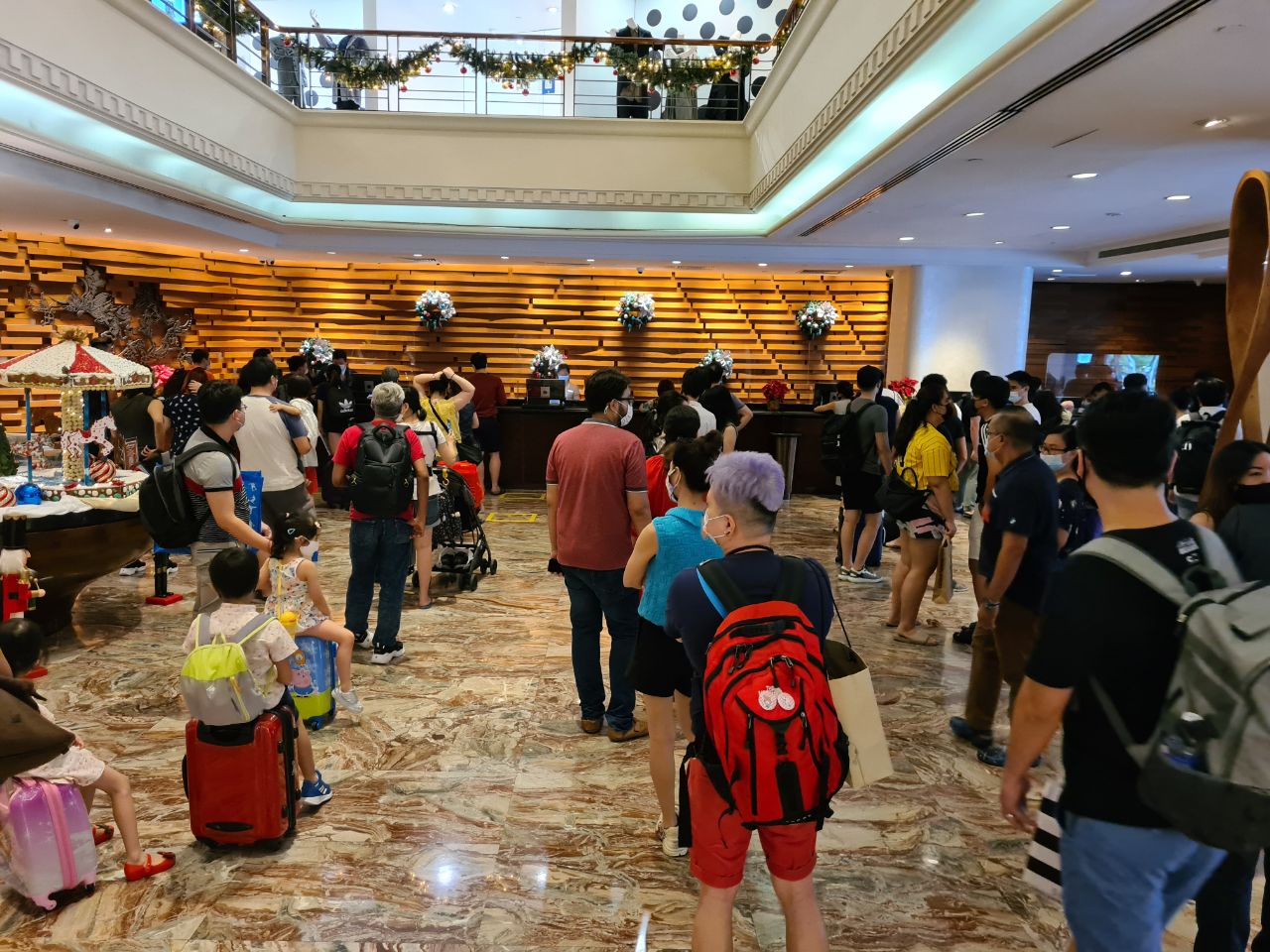 Hotel guests waiting to check in at The Hilton. Image courtesy of Mr Loh.
Hotel guests waiting to check in at The Hilton. Image courtesy of Mr Loh.
Vaccines
Long-awaited vaccines for Covid-19 went through their trials — with different kinds of vaccines that came along with different kinds of potential side effects — and were eventually approved by many countries, including Singapore, which started to bring in the Pfizer-BioNTech vaccines.
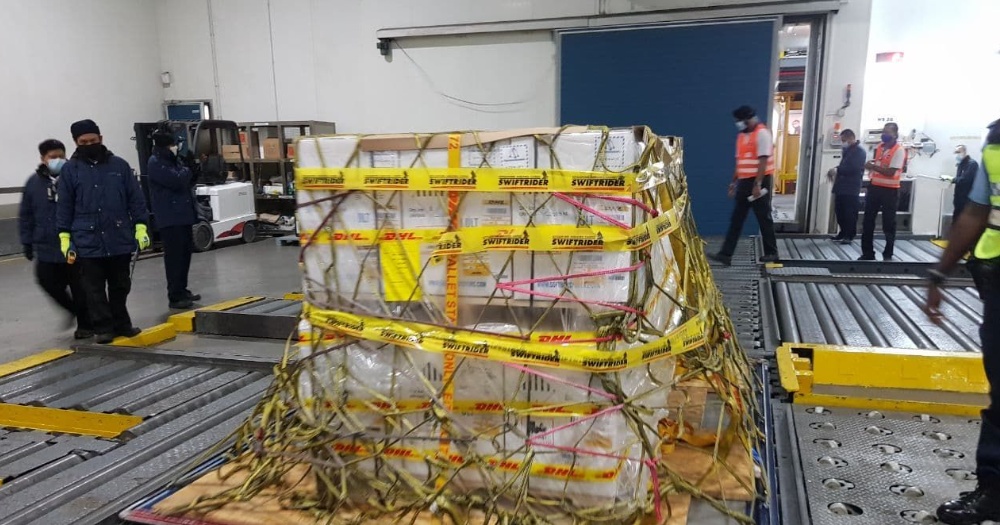 Photo by Matthias Ang.
Photo by Matthias Ang.
The first doses were administered on Dec. 30, with priority to those at greater risk from Covid-19 as well as frontliners.
SHN cases at Mandarin Orchard hotel
In mid-December, as local cases hit an all-time low, the alarming possibility that 13 cases on SHN at Mandarin Orchard could have caught Covid-19 was raised by genomic sequencing and analysis.
The tests showed high genetic similarity in the genome of the SARS-CoV-2 virus that these 13 cases had been infected with.
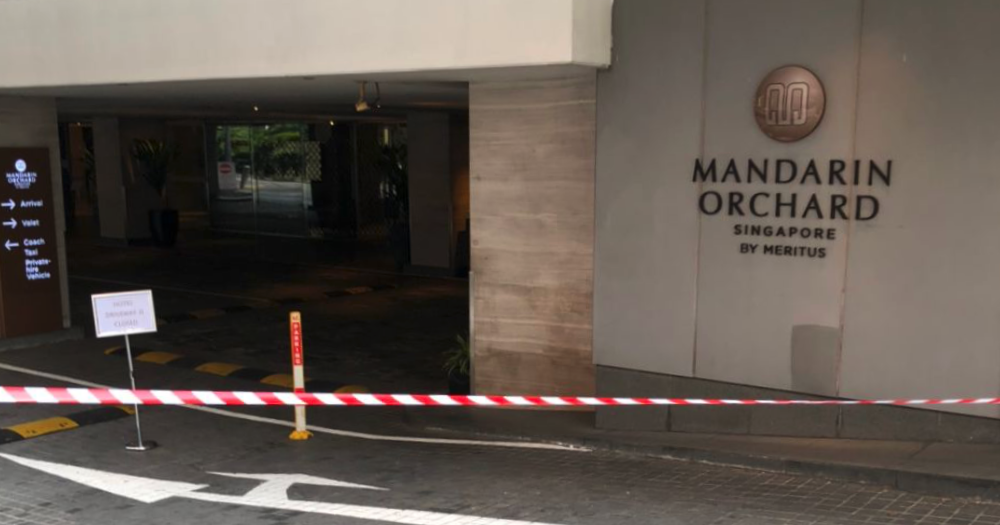 Mandarin Orchard Hotel cordoned off. Photo by Martino Tan.
Mandarin Orchard Hotel cordoned off. Photo by Martino Tan.
This, naturally, left many with questions, including: how did Covid-19 spread among the SHN hotel guests? How did 11 of the 571 staff test positive — for likely past infections — and what did that say about undetected community cases?
Three more cases came under investigation just after Christmas, suggesting that there could well be even more cases infected after SHN at the hotel.
Phase 3
Amid all this hullabaloo, Singapore's TraceTogether adoption rate clicked over 70 per cent on Dec. 21 and the Multi-Ministry Taskforce declared Phase 3 would commence on Dec. 28 — just in time for the new year.
Top image by Fasiha Nazren, TTSH on Facebook, Martino Tan, MOM, Tong Chen Hao, and Zheng Zhangxin
If you like what you read, follow us on Facebook, Instagram, Twitter and Telegram to get the latest updates.
